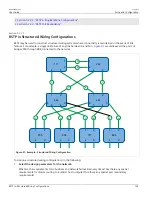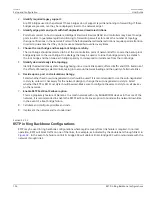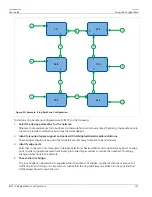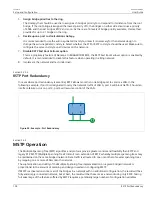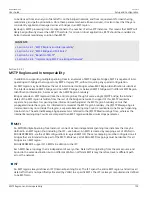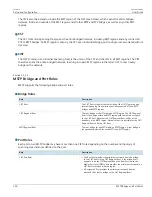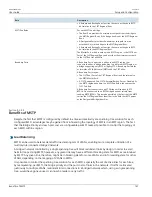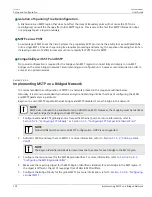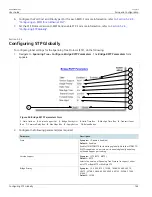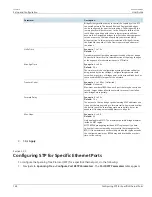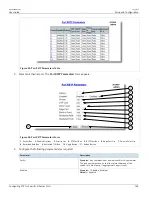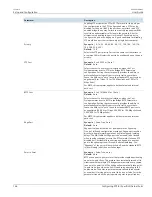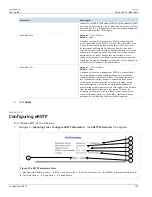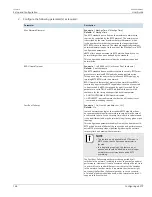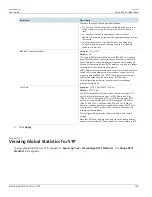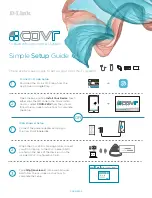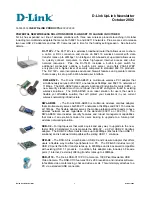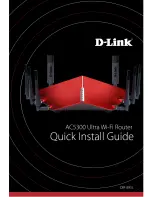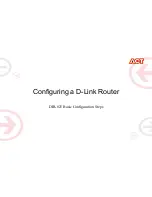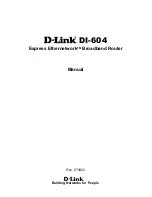
Chapter 5
Setup and Configuration
RUGGEDCOM ROS
User Guide
154
Fast Root Failover
Section 5.2.1.7
Fast Root Failover
Siemens’s
Fast Root Failover
feature is an enhancement to RSTP that may be enabled or disabled. Fast Root
Failover improves upon RSTP’s handling of root bridge failures in mesh-connected networks.
IMPORTANT!
In networks mixing RUGGEDCOM and non-RUGGEDCOM switches, or in those mixing Fast Root Failover
algorithms, RSTP Fast Root Failover will not function properly and root bridge failure will result in an
unpredictable failover time. To avoid potential issues, note the following:
• When using the Robust algorithm, all switches must be RUGGEDCOM switches
• When using the Relaxed algorithm, all switches must be RUGGEDCOM switches, with the exception
of the root switch
• All RUGGEDCOM switches in the network must use the same Fast Root Failover algorithm
Two Fast Root Failover algorithms are available:
•
Robust
– Guarantees a deterministic root failover time, but requires support from all switches in the network,
including the root switch
•
Relaxed
– Ensures a deterministic root failover time in most network configurations, but allows the use of a
standard bridge in the root role
NOTE
The minimum interval for root failures is one second. Multiple, near simultaneous root failures (within
less than one second of each other) are not supported by Fast Root Failover.
Fast Root Failover and RSTP Performance
• Running RSTP with Fast Root Failover disabled has no impact on RSTP performance in ring-connected networks.
• Fast Root Failover has no effect on RSTP performance in the case of failures that do not involve the root bridge
or one of its links.
• The extra processing introduced by Fast Root Failover significantly decreases the worst-case failover time due to
root bridge failure in mesh networks.
Recommendations On the Use of Fast Root Failover
• It is not recommended to enable Fast Root Failover in single ring network topologies.
• It is strongly recommended to always connect the root bridge to each of its neighbor bridges using more than
one link when enabled in ring-connected networks.
Section 5.2.2
RSTP Applications
The following section describes various applications of RSTP.
CONTENTS
•
















